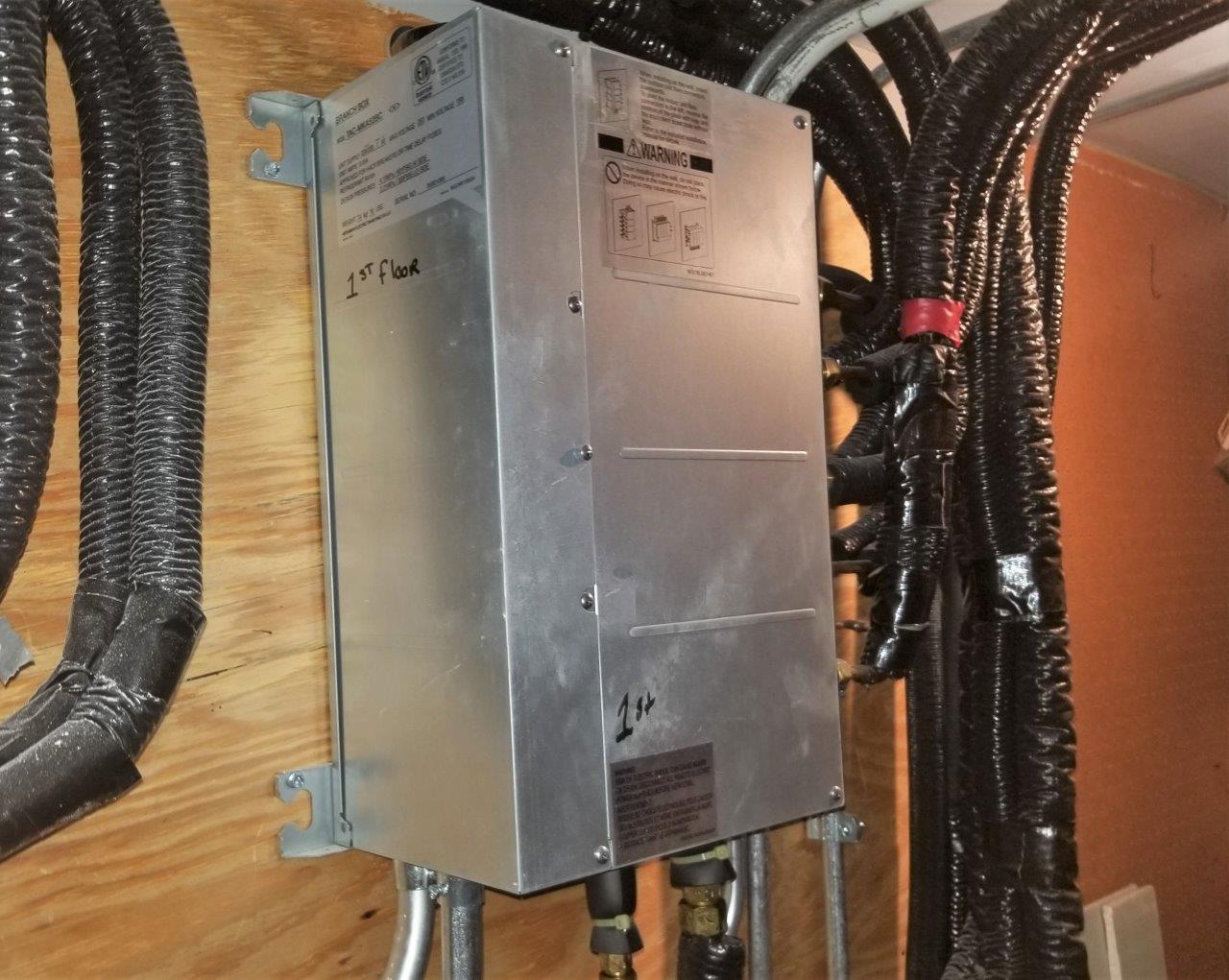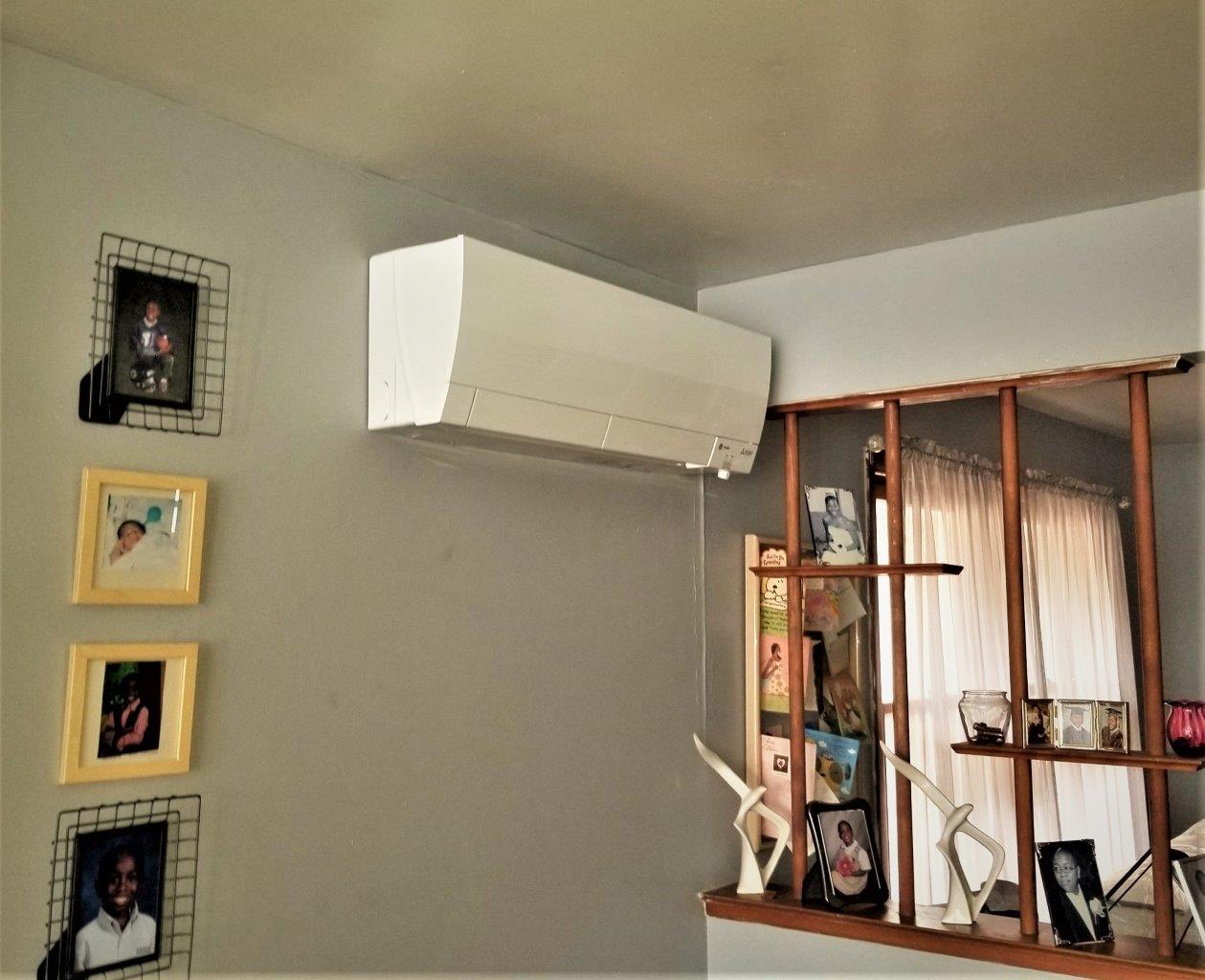What Is a Heat Pump and How Does it Work to Save Energy
You might be familiar with a furnace or a boiler, but what about a heat pump? A heat pump is a type of heating and cooling system that uses less energy and emits fewer carbon emissions than a traditional system, making it a climate-friendly solution to controlling the temperature of our homes. Installing a heat pump is one way to reduce carbon emissions and ensure your home uses energy efficiently.
Instead of generating heat, like a furnace or boiler does, a heat pump uses electricity to move heat from one place to another. Because they don’t generate heat, heat pumps are highly efficient and use significantly less energy than a furnace or boiler!
Heat pumps transfer heat using a system that’s similar to a refrigerator or an air conditioning unit. In the summer, they keep your house cool by absorbing heat inside the house and releasing it outdoors. In the winter, the process is reversed, and the heat pump can absorb heat from the outside and bring it indoors.
Do Heat Pumps Work in Cold Weather?
It might seem surprising that heat pumps can use this process to warm your home in a long, cold winter – but they do! During winter, the outdoor unit of the heat pump operates at very low temperatures so that it can still absorb heat and transfer it inside the home.
Before installing a heat pump, a home should be properly weatherized and sealed with insulation to prevent air from escaping. A weatherized home takes less energy to heat in the winter and cool in the summer because it retains indoor air more effectively.
Types of Heat Pumps
There are three different kinds of heat pumps – water, ground, and air source. Air-source heat pumps are the most common and adaptable type, and they are often what people mean when they say, “heat pump.”
Ducted and Ductless, Mini- and Multi-Split – What Does it Mean?
An air-source heat pump typically has two components, one outside the house and one inside. Air-source heat pumps can look different depending on the home they’re in, but they all have the same basic components of an indoor and outdoor unit.
In some homes with existing ductwork, such as a home that previously had a forced-air furnace installed, the indoor unit will look like a furnace and push air through the ducts. This is called a ducted air-source heat pump.
In other cases, the heat pump will be “ductless,” which means air comes directly through the indoor unit. For example, if a home previously had radiators without ductwork a ductless air-source heat pump work be applicable. These heat pumps are usually mounted directly on the wall and can be “mini-split” with one indoor unit, or “multi-split” with many indoor units connected to the outdoor unit.
 Example of a ductless heat pump outdoor unit. This home has two apartment units, so there are two outdoor heat pump units. Each outdoor unit connects to multiple indoor units. |
 A branch box distributes heating and cooling from the outdoor unit to the indoor units as demanded. A branch box has the benefit of zoning, so each indoor unit can be set to its own temperature and schedule. |
 Example of a ductless heat pump indoor unit, mounted high on the wall. |
 Example of a ductless heat pump indoor unit, mounted low on the wall. |
Investing in a Heat Pump at Home
If you’re thinking of a heat pump for your home, work with an experienced contractor to choose the right heat pump for your home depending on its size, electrical capacity, and cost.
A good contractor will also make sure that you have air sealed and insulated your home first. Air sealing and insulation is an important step to complete before electrification to ensure that your home is not losing excess heat through gaps, cracks, or leaks. Without a sealed and insulated home, your heat pump will have to work harder than necessary and can become expensive to operate.
There are federal tax credits available for heat pump installation, and your state or local utility may also offer rebate programs. You can find out what your home is eligible for by using the IRA Calculator from Rewiring America.
Learn More
Heat pumps come in many shapes and sizes, and the technology is improving every year! As an energy-saving option for heating and cooling, these heat pumps are part of the future of climate-friendly homes.
To learn more about how installing a heat pump can improve your quality of life, click here to read about one Chicagoan resident’s experience.
Connect with Elevate by following us on Instagram, Facebook, X , and LinkedIn. Send us a message through Instagram or Facebook or call us at (773) 269-4037.



